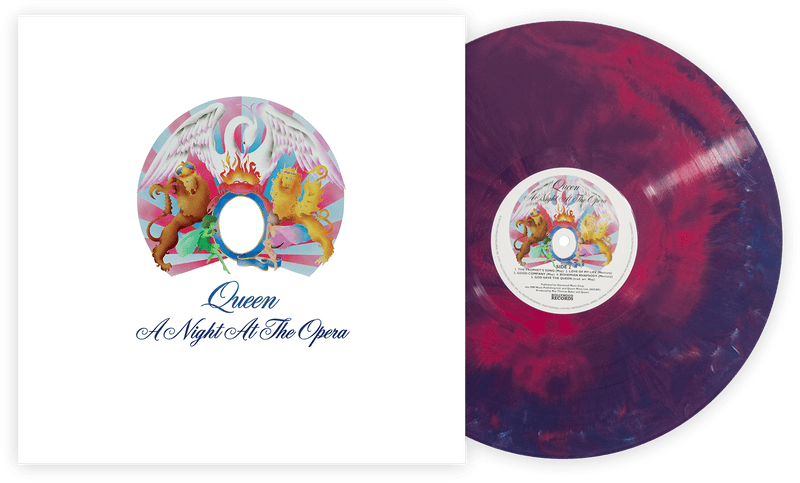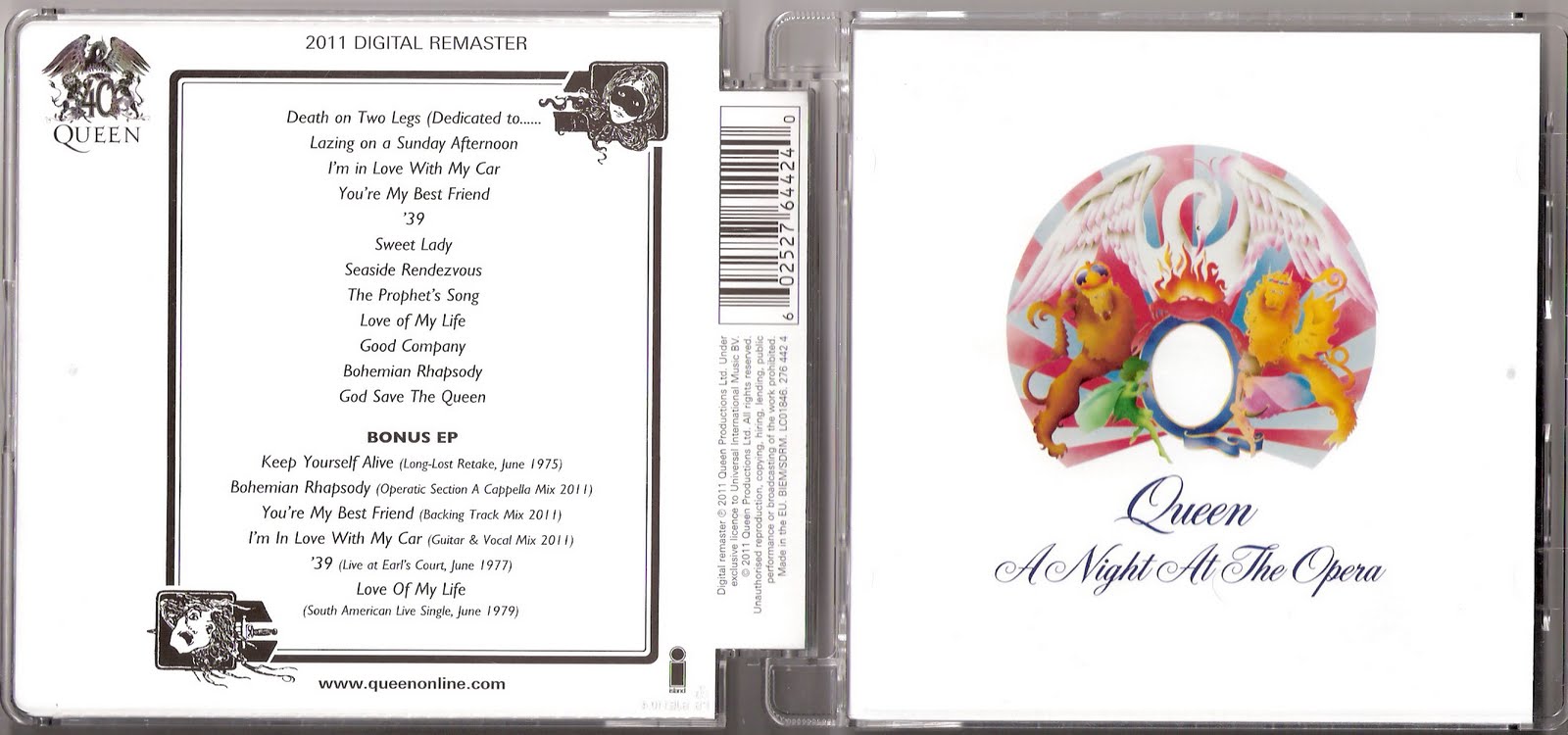
“Freddie Mercury was someone incredibly engaging to watch, with a tremendous quality to his character and his vocal. It’s a stellar vocal performance and a stellar piano performance simultaneously,” Gowan continues. “I just love what a tour de force that piece is. That’s why I started doing it in the show,” explains Styx keyboardist/vocalist Lawrence Gowan, who leads audiences in singing most, and sometimes all, of “Bohemian Rhapsody” along with him every night during the solo section he performs near the end of the band’s main set. “It’s so ubiquitous now - everyone knows it. “Bohemian Rhapsody” also displays an ongoing impact on many contemporary musicians. (You can read my take on the film’s 4K UltraHD Blu-ray right here, if you so desire.) More recently, the song took on yet another life of its own thanks to having served as the title to 2018’s Oscar-winning Queen biopic. 2 reissued single thanks in no small part to Mercury’s untimely passing in November 1991 and its in-car singalong zeitgeist moment in February 1992’s Wayne’s World. In fact, “BoRhap” (as it’s abbreviated in some quarters) saw quite the chart resurgence as a No. Much of the public’s Opera fascination has tended to center on the aforementioned “Bohemian Rhapsody,” the next-to-last track on Side 2 - and with much good reason. Indeed, the album from whence “Bohemian Rhapsody” sprung - Queen’s fourth studio effort, November 1975’s A Night at the Opera - was itself a masterstroke of mid-1970s multitrack recording, an achievement I’d venture to say was not totally appreciated at the time of its initial release, revisionist history to the contrary. (We audiophiles well know how that initial DVD-A and SACD era ultimately veered off course, of course, so no need for me to retread upon that well-beaten path here.)

If this was a clear-cut realization of what surround sound could achieve, then, by the seven seas of Rhye, the sky must surely be the limit - or so we thought at the time, anyway. The handful of us in attendance remained somewhat stunned, to be honest, still marveling at and internally processing the scope of what we had just heard. After all 5:58 of Queen’s “Bohemian Rhapsody” had finished and the resonance of the massive gong hit by drummer Roger Taylor had faded away into the ether, the room was silent for a few extra beats beyond the typical listening-session norm.

I was seated in a conference room-cum-listening room at DTS headquarters in California when the gathered parties at hand promised me an experience that would solidify the mission statement of what the company was hoping to achieve with their then-burgeoning slate of DVD-Audio releases (which, admittedly, had essentially been hit or miss up to that point).Īnd with that, a choir of instantly recognizable multi-layered Freddie Mercury vocals queried, “Is this the real life? Is this just fantasy?” all around us, and the 24-bit/96kHz 5.1 DTS mix was off and running in fully completely enveloping ways theretofore unheard. It's prog rock with a sense of humor as well as dynamics, and Queen never bettered their approach anywhere else.It was sometime in late 2001 when I heard the future of surround sound. But the appeal - and the influence - of A Night at the Opera is in its detailed, meticulous productions. No one in the band takes anything too seriously, otherwise the arrangements wouldn't be as ludicrously exaggerated as they are. Using the multi-layered guitars of its predecessor as a foundation, A Night at the Opera encompasses metal ("Death on Two Legs," "Sweet Lady"), pop (the lovely, shimmering "You're My Best Friend"), campy British music hall ("Lazing on a Sunday Afternoon," "Seaside Rendezvous"), and mystical prog rock ("'39," "The Prophet's Song"), eventually bringing it all together on the pseudo-operatic "Bohemian Rhapsody." In short, it's a lot like Queen's own version of Led Zeppelin IV, but where Zep find dark menace in bombast, Queen celebrate their own pomposity. Queen were straining at the boundaries of hard rock and heavy metal on Sheer Heart Attack, but they broke down all the barricades on A Night at the Opera, a self-consciously ridiculous and overblown hard rock masterpiece.


 0 kommentar(er)
0 kommentar(er)
